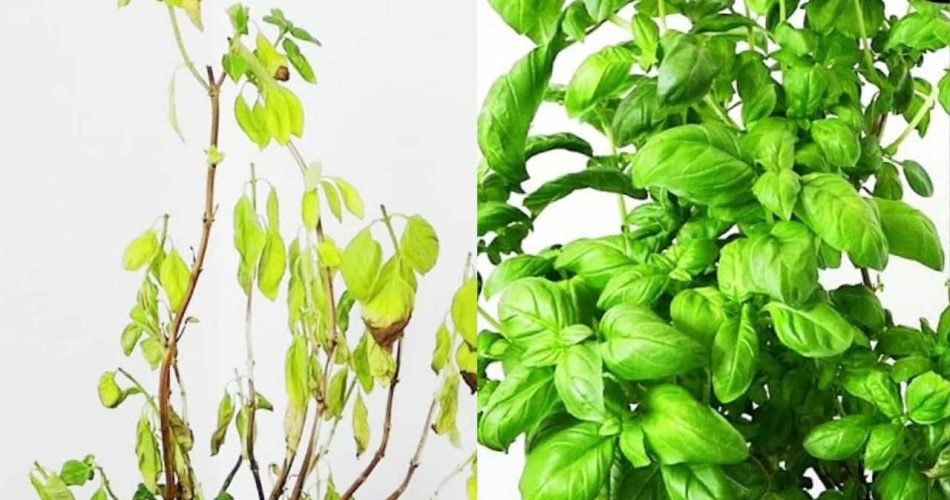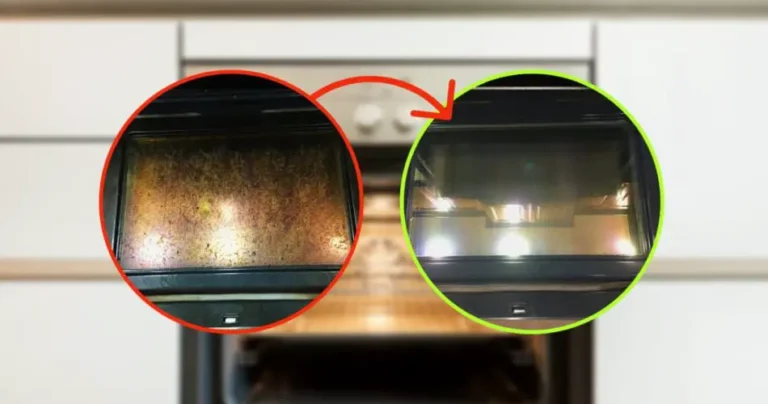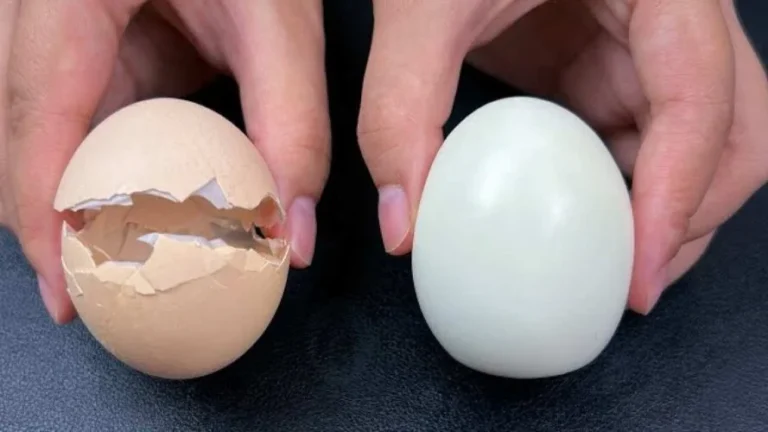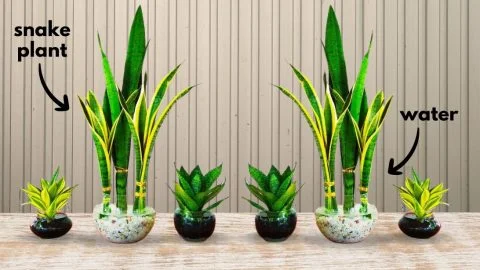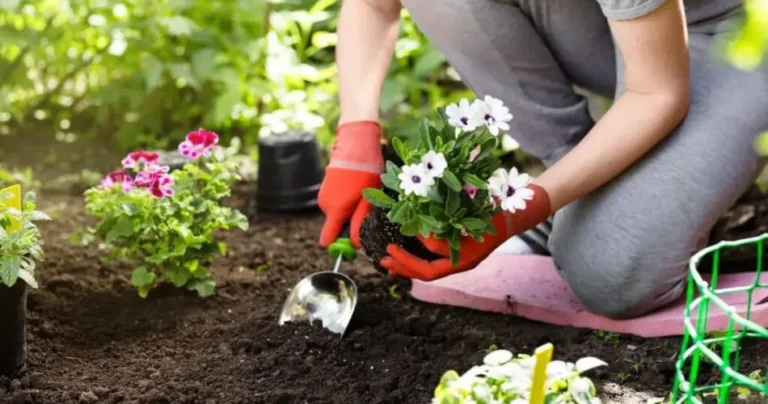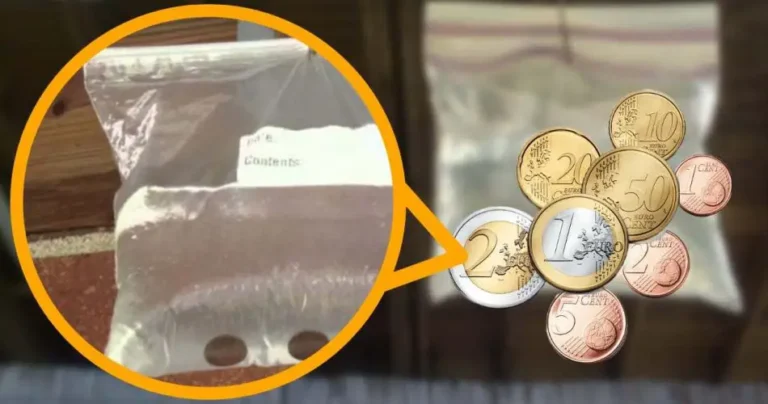Rotten basil, how to recover it in minutes: the old trick
Here’s how to restore rotten basil. Just apply this trick to fix the problem.
Finally we reveal everything about how to recover basil when it is unfortunately rotten. No one expected it to be this easy, that’s the trick of cultivators.
The properties of this plant
We all have a few basil leaves in the kitchen. It is a fundamental plant of Italian gastronomy, also used abroad. It has a really strong and particular flavor that stands out in every recipe.
It also has very important properties that make it an important plant to grow. In particular, it has anti-inflammatory properties that help reduce pain and inflammation throughout the human body. It also has antioxidant properties that protect the body’s cells from free radicals and oxidative stress: Helps reduce the chance of heart disease, cancer and diabetes.
It also has antimicrobial properties that prevent the growth of microorganisms such as bacteria, viruses and fungi. It is a perfect plant for fighting local respiratory and urinary tract infections.
<It also has digestive properties, as it relieves the symptoms of stomach pain. Finally, it also has relaxing properties that relieve stress and anxiety. Not everyone knows, however, that basil is not easy to grow and can rot easily. That’s why we’ll reveal how to make it reborn if it has become one.
How to revive rotten basil
To keep basil healthy and not rot, it may be important to make sure the soil it is grown in is healthy. You should know that basil needs drained soil rich in nutrients.
<The advice is to enrich the soil with compost or worm soil, which allows this plant to grow healthier. You can also use a liquid organic fertilizer to add every fortnight.
We must also pay attention to the amount of nitrogen present in the soil: basil is in fact very sensitive to this gas. If nitrogen is present in excess, fungal diseases and parasites can spread. Precisely for this reason, it is important not to overdo watering and fertilizing.
As for watering, you should know that basil needs constant watering, especially if it is grown in hot, dry climates. You need to water basil once a day. </To know what the right amount of water is, you need to check the hydration of the soil: If it is moist but not soggy, it is the right time to stop.
Lazy basil occurs precisely when you water the plant too much. Make sure the pot has drainage holes so excess water can drain out. The last piece of advice is not to water the leaves, but at most to clean them: This is the only way to avoid the multiplication of fungal diseases.
